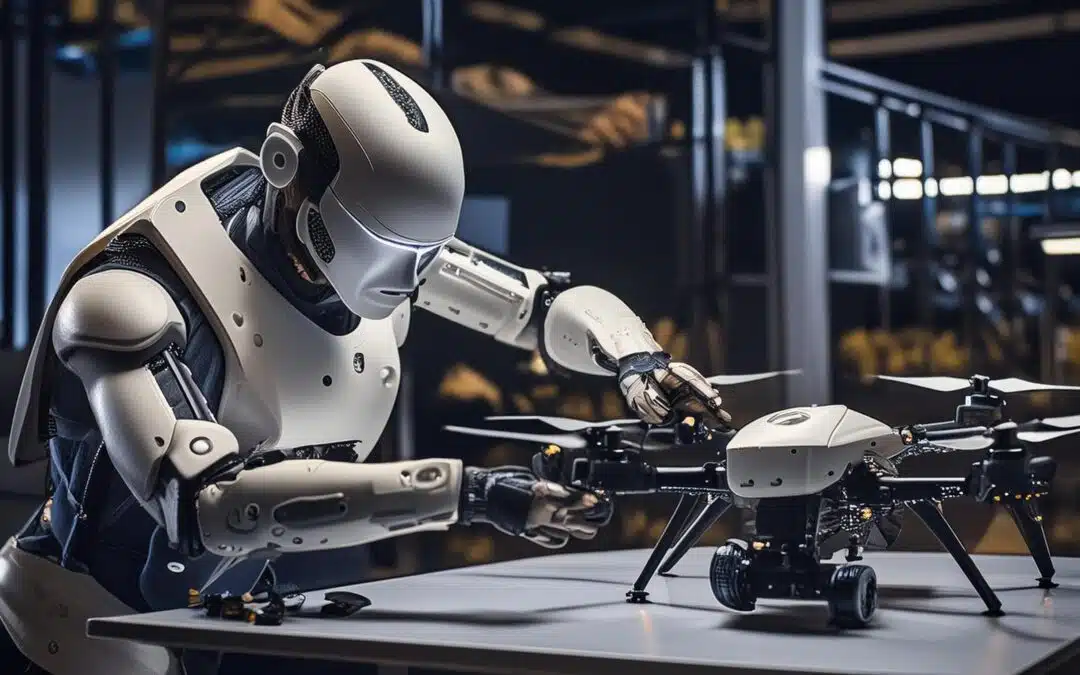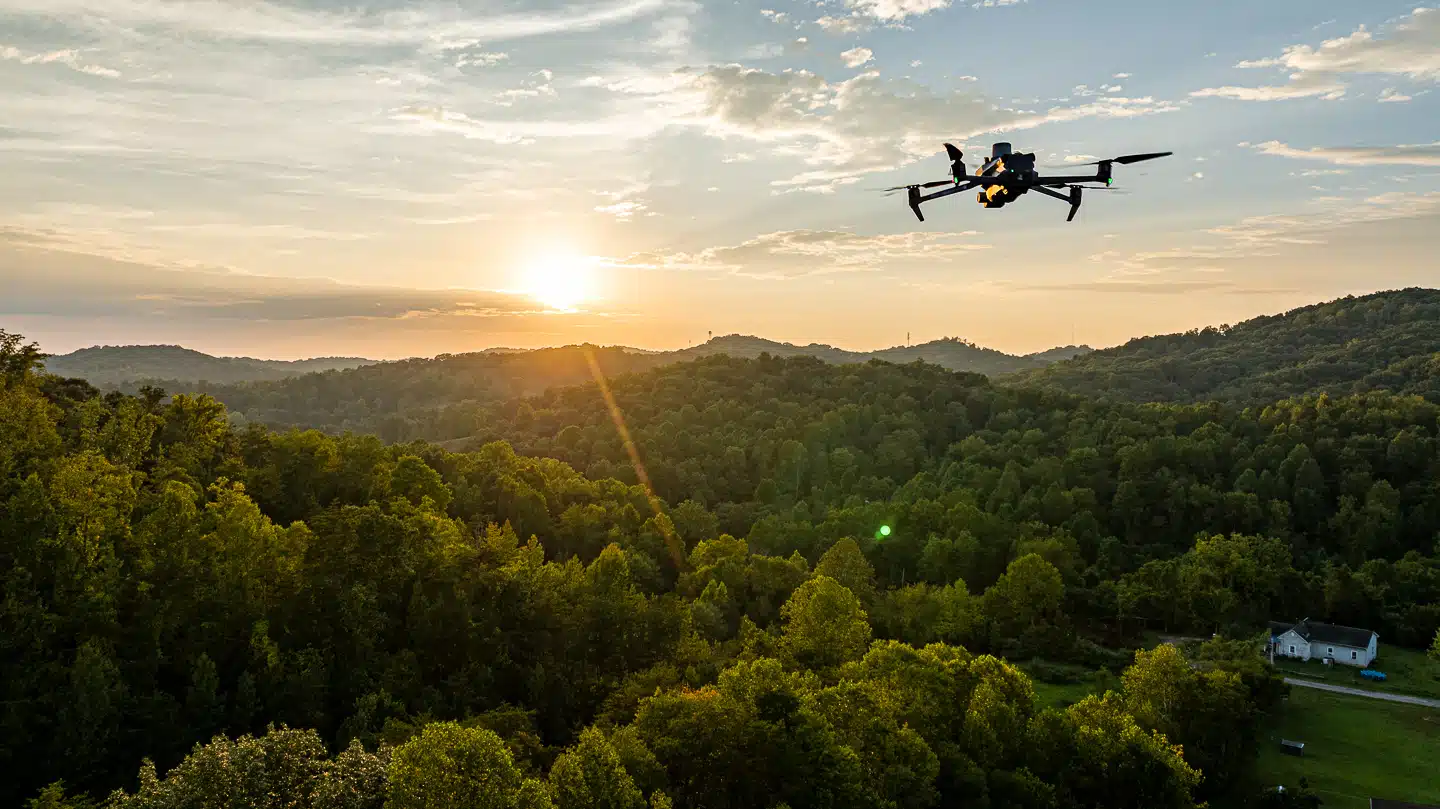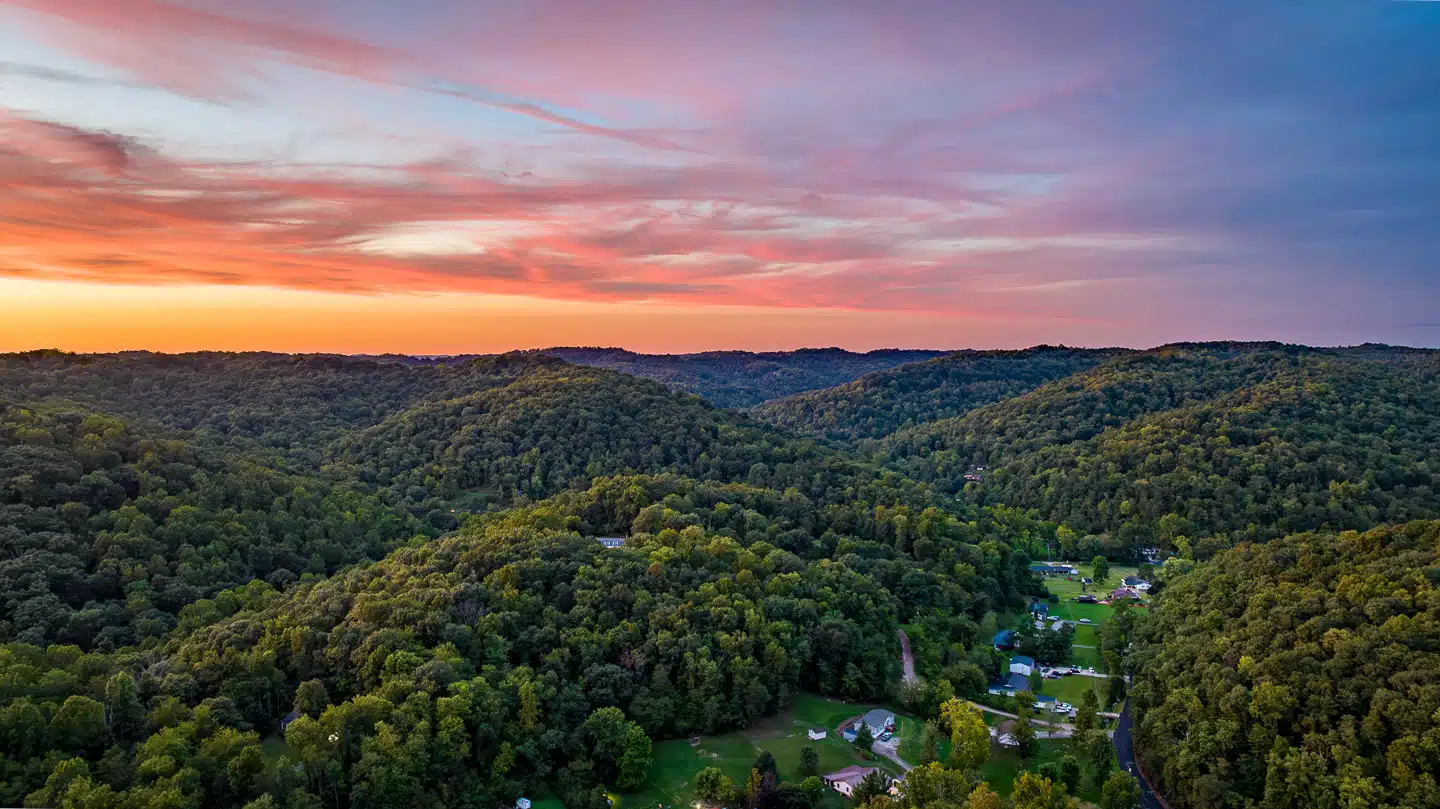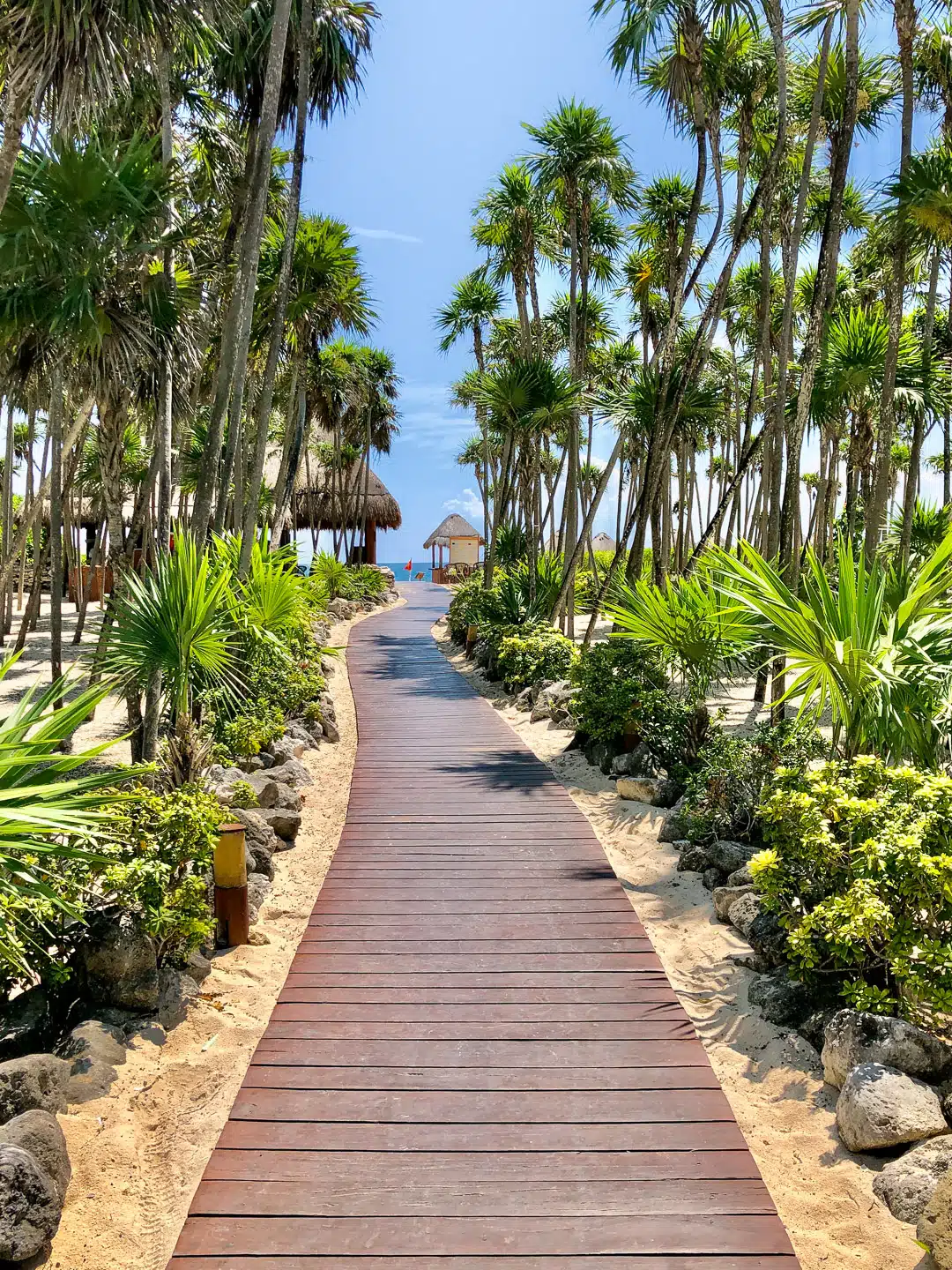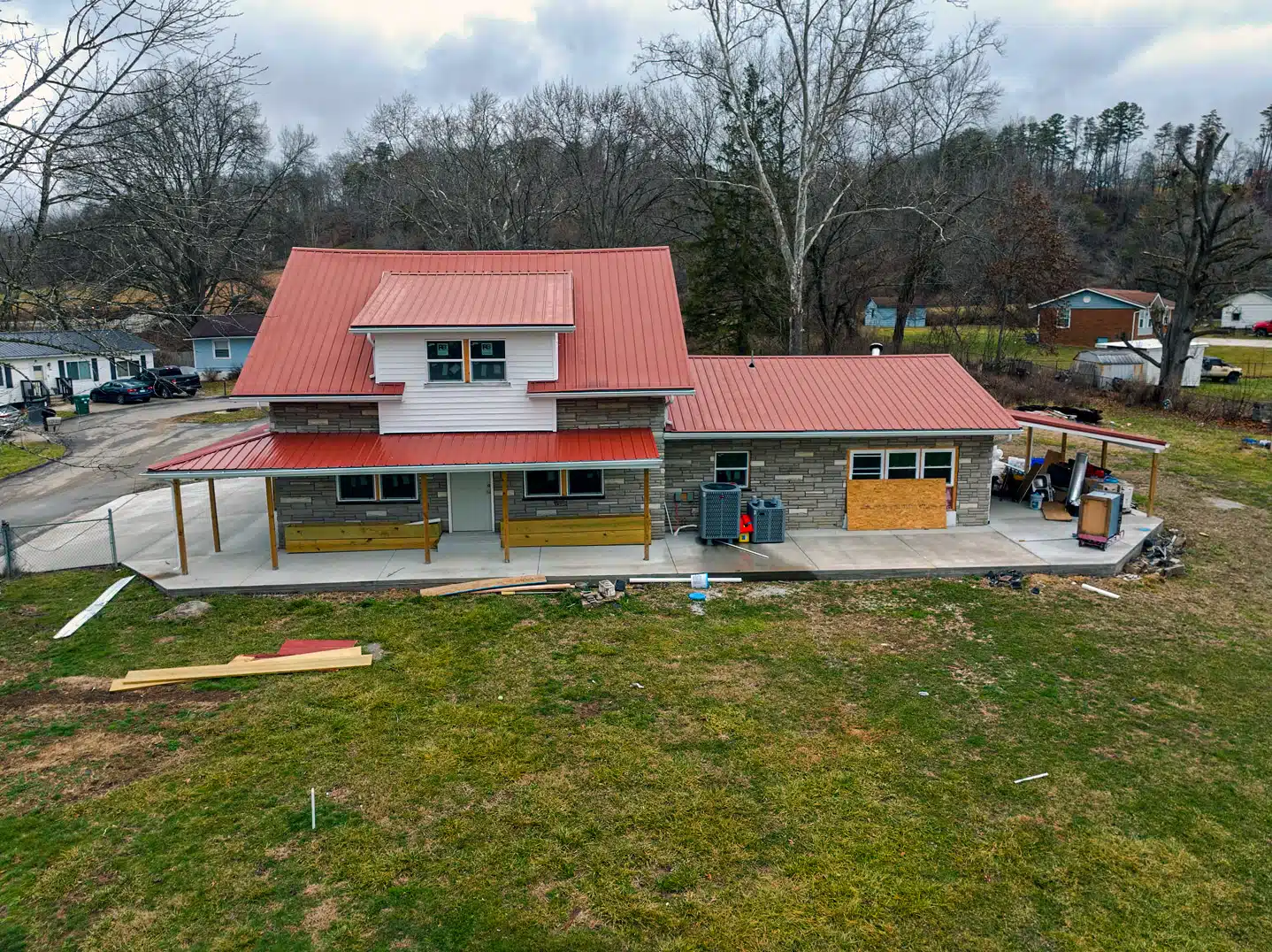Capturing Seasons: How Drone Photography Can Enhance Tourism and Event Planning
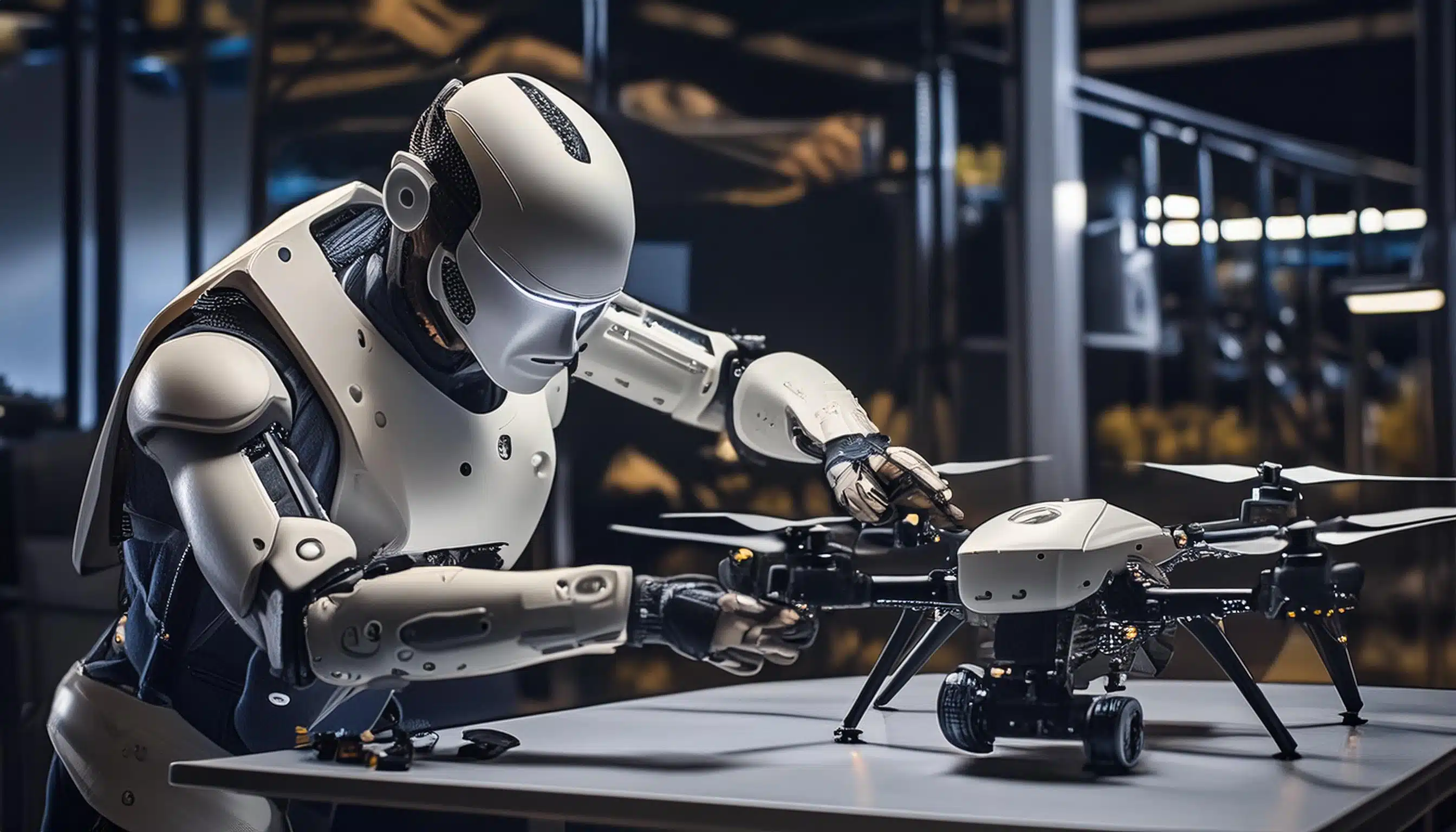
Capturing Seasons: How Drone Photography Can Enhance Tourism and Event Planning
The Appeal of Seasonal Landscapes in Tourism
Visual content is a cornerstone of effective marketing in both tourism and event planning. Its importance stems from its ability to quickly convey emotions and experiences, which are central to attracting and engaging potential visitors and attendees. High-quality images and videos can capture the essence of a destination or an event, offering a glimpse into what can be expected. This visual allure not only enhances promotional material but also significantly boosts online engagement. Studies indicate that content with relevant images gets 94% more views than content without images. Furthermore, visual content on social media drives higher engagement rates, with images producing a 650% higher engagement rate than text-only posts.
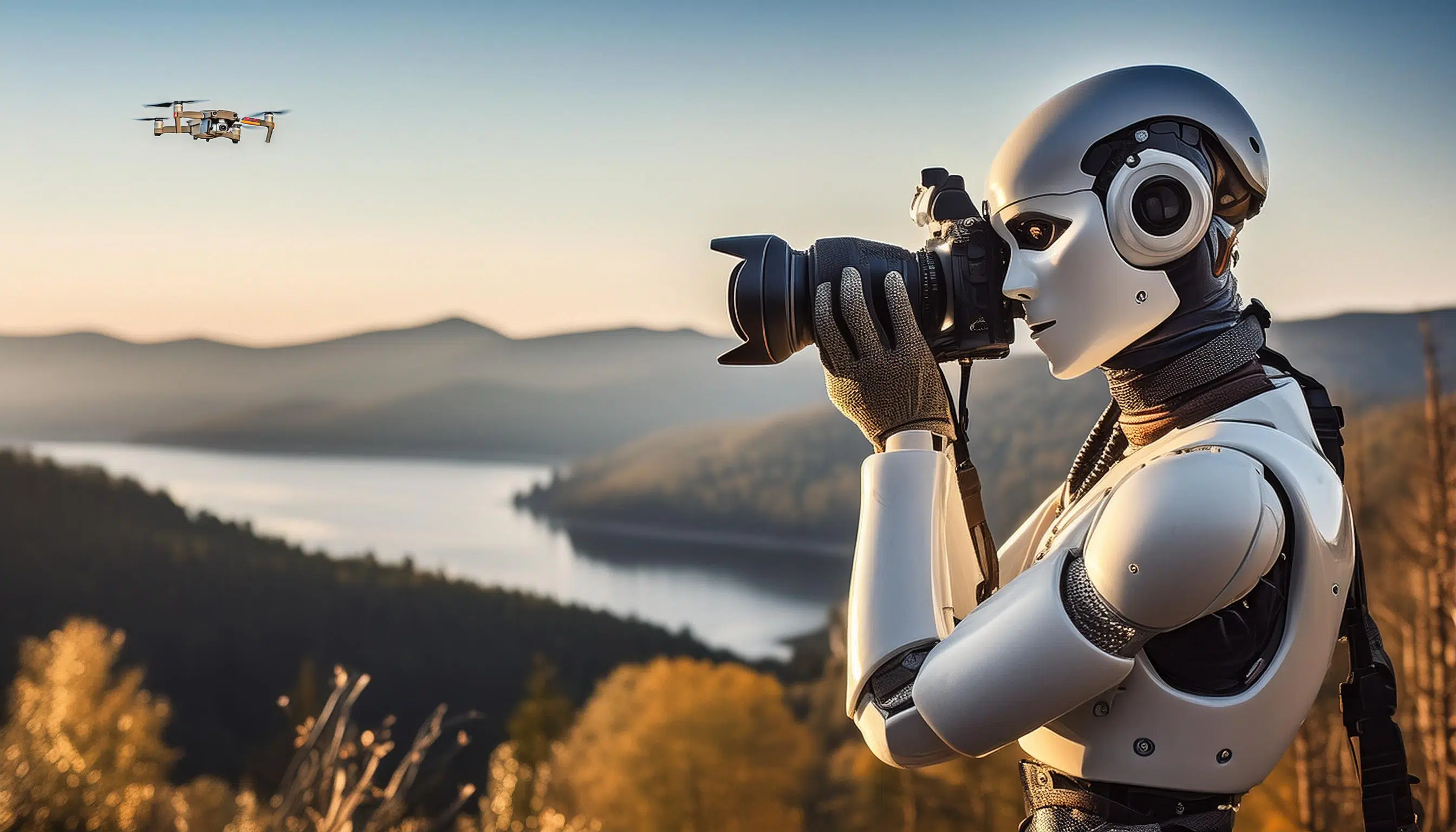
Golden Hour, Drones, & Photography
The Role of Visuals in Attracting Tourists
In the context of tourism, compelling visuals can evoke a sense of wanderlust, showcase the unique attributes of a destination, and differentiate it from competitors. For events, dynamic imagery can highlight key moments, emphasize the atmosphere, and encourage sharing on social media, effectively extending the event’s reach and impact. The strategic use of drone photography, in particular, adds a unique perspective that can dramatically elevate this visual storytelling, offering sweeping views that traditional photography might not capture. This makes drone imagery especially effective for marketing large-scale events or showcasing expansive natural landscapes, making it a valuable tool for marketers aiming to captivate and convert their target audience.
In today’s visually driven market, drones have emerged as a transformative tool for capturing the beauty of the natural world across different seasons. Their ability to soar above and provide new angles and perspectives makes them ideal for showcasing the distinct characteristics of each season in ways that ground-based photography cannot match. From the vibrant blossoms of spring and the lush greenery of summer to the rich hues of autumn and the pristine snows of winter, drones capture these transitions with stunning clarity and breadth.
This aerial vantage point not only enhances the visual appeal of a location but also provides a comprehensive view that can highlight the scope and scale of landscapes, making it an invaluable asset in tourism and event marketing. For instance, a drone can effortlessly capture the sweeping expanse of a fall foliage landscape or the bustling energy of a summer festival, providing potential visitors with a compelling preview that can inspire travel and attendance. As marketers look to differentiate their offerings and captivate an audience that is increasingly drawn to unique and immersive experiences, drones offer a way to create captivating content that resonates deeply with viewers, setting the stage for enhanced engagement and increased interest.
The Appeal of Seasonal Landscapes in Tourism
Visual content significantly influences tourist decisions, acting as a key determinant in the planning and booking phases of travel. Research shows that a majority of travelers, particularly Gen Z, are inspired to visit new locations based on user-generated content they encounter on social platforms. In fact, 86% of people report that seeing authentic, user-generated visuals can spark interest in a destination. This highlights a trend where potential tourists are increasingly relying on visual cues from everyday users rather than branded advertising or celebrity endorsements (Nosto).
Moreover, visuals not only attract attention but also enhance memory retention. People are likely to remember 65% of information three days after seeing it if it’s presented with an image, compared to only 10% when the information is conveyed through text alone. This “picture-superiority effect” emphasizes the lasting impact of images on memory and decision-making, making visuals a powerful tool in the tourism industry (Enterprise).
The preference for visual over written content is overwhelming, with 91% of consumers favoring visuals. This preference extends to the effectiveness of marketing strategies, where incorporating images can lead to more engaging and memorable marketing content (Tech.co). These statistics underscore the crucial role of visual content in influencing tourist decisions and the strategic advantage it provides in marketing destinations effectively.
The Role of Visuals in Attracting Tourists
West Virginia has utilized visually impactful campaigns to promote its natural attractions and outdoor activities effectively. For instance, the state has highlighted the New River Gorge, America’s newest national park, renowned for its river-rafting and stunning landscapes. This campaign focused on the park’s diverse offerings, from whitewater rafting to hiking, leveraging the natural beauty of West Virginia to attract outdoor enthusiasts (Almost Heaven – West Virginia).
Another successful initiative is the “Ascend West Virginia” program, which aims to draw remote workers to the state by emphasizing the lifestyle benefits of West Virginia’s outdoor recreational activities. This campaign combines incentives with visuals of the state’s scenic landscapes to attract a specific demographic interested in a balance of work and nature-centric living (Almost Heaven – West Virginia).
These campaigns showcase how effectively West Virginia uses its natural assets, combining striking visuals with targeted marketing strategies to boost tourism and attract new residents. These examples highlight the importance of using compelling imagery to promote tourism and lifestyle opportunities in a region.

Editing at the Speed of AI

Seasonal Changes and Their Appeal
Each season not only transforms landscapes but also brings its own array of events that draw visitors from near and far. Here’s a look at the visual differences and attractions of each season, highlighting specific events that capitalize on the seasonal changes:
Spring
- Visuals: The rebirth of nature makes spring a photographer’s paradise, with blooming flowers like daffodils and cherry blossoms against a backdrop of bright green new leaves.
- Attractions: Spring festivals, such as the National Cherry Blossom Festival in Washington D.C., attract visitors eager to celebrate the end of winter and the beauty of blooming cherry trees. Local botanical gardens also see an uptick in visits, offering lush landscapes and floral displays that are ideal for photography and leisurely tours.
Summer
- Visuals: Bright, sunny days and vibrant landscapes make summer ideal for capturing high-energy activities and clear blue waters.
- Attractions: Summer draws crowds to music festivals, beach parties, and sporting events. For instance, beaches become prime destinations for sun-seekers, while events like California’s Surfing Championships harness the vibrant beach culture and competitive spirit, providing dynamic photo opportunities.
Autumn
- Visuals: Autumn is a spectacle of fiery foliage, with trees dressed in shades of red, orange, and yellow. This season offers a dramatic and colorful canvas for photographers.
- Attractions: The autumn season is synonymous with fall foliage tours, pumpkin festivals, and Thanksgiving parades. Events like the Vermont Fall Foliage Festival celebrate the season’s colors with arts, crafts, and local fare, attracting visitors who come to experience the quintessential American autumn.
Winter
- Visuals: Winter blankets landscapes in serene whites and grays, offering stark contrasts and a quiet beauty punctuated by the occasional splash of holiday lights.
- Attractions: Winter sports dominate this season’s tourist attractions, with destinations like Colorado’s ski resorts bustling with activity. The holiday season also brings festive markets and events like Germany’s famous Christmas markets, replicated in many U.S. cities, which glow with decorations and serve as a magnet for both photography enthusiasts and families.
These seasonal events not only highlight the natural beauty and cultural richness of each period but also provide unique and engaging experiences for visitors, making them excellent subjects for both amateur and professional photographers.

Is AI going to takeover?
Benefits of Drone Photography for Seasonal Tourism
Drone photography offers a distinct advantage over traditional photography, especially when capturing the vast and varied landscapes characteristic of different seasons. Here’s how drones elevate the visual storytelling of seasonal tourism:
Aerial Shots vs. Traditional Photography:
- Broader Perspective: Traditional ground-based photography is limited by its single, fixed perspective, often bound by the photographer’s location and the surrounding environment. In contrast, drones provide a flexible aerial viewpoint that can capture expansive landscapes from above. This allows for stunning panoramas that showcase the full scope of a location, from sprawling autumn forests to entire beachfronts during summer.
- Unobstructed Views: Drones can reach areas that are otherwise inaccessible to photographers, such as high mountain peaks covered in snow or the middle of a flowering field in spring. This capability ensures that the shots are free from the usual obstructions like buildings or trees that might compromise ground-level photographs.
- Dynamic Content: Aerial photography can capture large-scale events, like festivals or outdoor concerts, in their entirety. For instance, a drone can film the layout of a winter sports event, showing the scale and the crowd in a single shot, or it can trace the winding path of a marathon through a city’s fall-colored streets, providing a dynamic perspective that adds depth to the visual content.
Capturing Expansive Landscapes and Events:
- Seasonal Changes: Drones excel in illustrating the change of seasons. They can be used to create compelling time-lapse videos that show the transition from the lush greenery of summer to the rich, golden tones of fall, or from the colorful vibrancy of spring to the stark whiteness of winter. These visuals not only capture the beauty of the seasons but also encourage tourism by enticing viewers to experience these changes in person.
- Event Coverage: For event planners and tourism marketers, drones offer a unique way to document and promote events. Aerial footage of a summer music festival, captured by drones, can highlight the size of the crowd and the energy of the venue, which is often difficult to convey through standard photos. Similarly, aerial shots of a ski resort teeming with winter activity provide a comprehensive overview of the facilities and the terrain, appealing directly to potential visitors.
By leveraging the unique capabilities of drone photography, tourism marketers can create more engaging, comprehensive, and visually stunning marketing materials that better capture the essence of the destinations and events they are promoting. This approach not only enhances promotional efforts but also offers viewers a more immersive experience of the attractions.
Cost-Effectiveness and Accessibility
Accessibility and Ease of Arrangement:
- Ease of Deployment: Drones can be launched quickly and from virtually anywhere, eliminating the need for accessing airstrips or helipads. This flexibility allows tourism marketers to capture aerial footage of remote or difficult-to-access locations without the logistical challenges associated with traditional aerial methods.
- Simplified Logistics: Organizing a drone photography session is generally less complex and time-consuming. It often involves minimal crew—sometimes just a single drone operator—reducing the need for extensive coordination and planning. This ease of use extends to the ability to capture last-minute opportunities, such as unexpected favorable weather conditions or impromptu events, enhancing the ability to market destinations with up-to-date visual content.
In conclusion, drone photography not only cuts down on costs and logistical barriers but also offers enhanced flexibility, making it an invaluable tool for tourism marketing. This cost-effectiveness paired with easy accessibility allows for more creative and frequent use of aerial imagery, which can significantly enrich marketing materials and attract more visitors to a destination.

Is AI going to takeover?
Case Studies
Drone photography offers a distinct advantage over traditional photography, especially when capturing the vast and varied landscapes characteristic of different seasons. Here’s how drones elevate the visual storytelling of seasonal tourism:
Tourism Boards Utilizing Drone Footage
In West Virginia, tourism boards have effectively utilized drone footage to enhance the visual marketing of their scenic locales. For instance, the New River Gorge area, now recognized as America’s newest national park, has been prominently featured in promotional content. Drone videos showcase the breathtaking landscapes, including the expansive views of the river and the surrounding forests, which are particularly dramatic during the fall foliage season. These aerial views capture the vastness and the rugged beauty of the area, attracting outdoor enthusiasts and nature lovers to explore the hiking trails, rafting opportunities, and climbing spots available in the region. This approach has not only highlighted the natural beauty of West Virginia but has also played a crucial role in boosting tourism by providing potential visitors with a compelling visual invitation.
Events Enhanced by Drone Photography
The 2023 Healing Appalachia event extensively utilized drone footage to enhance its coverage, capturing the spirit and scope of the festival effectively. The UA-Visions website showcases aerial shots that provide a unique and expansive view of the festival grounds, highlighting the large gatherings and the scenic landscape. This approach not only enriched the visual documentation of the event but also served as an engaging promotional tool, helping to convey the atmosphere and scale of the event to a broader audience. For more details and visuals, you can visit their dedicated page here.
Tips for Integrating Drone Photography in Marketing Strategies
Best Practices for Capturing Stunning Aerial Footage
To maximize the impact of drone photography in your marketing strategies, consider these detailed best practices for capturing exceptional aerial footage:
Optimal Timing for Shoots:
Capture footage during the golden hours—shortly after sunrise or before sunset—when the light is soft and golden. This timing not only enhances the aesthetic appeal with natural, warm tones but also reduces the harsh shadows and overexposure that can occur during midday.
Consider the position of the sun to optimize lighting angles and highlight the textures of the landscape.
Ideal Weather Conditions:
Avoid days with strong winds, which can destabilize the drone and degrade the quality of the footage. Light breezes are manageable but always monitor wind speeds before flight.
Overcast skies can provide diffuse, even lighting that minimizes shadows and glare, while partly cloudy conditions can create dynamic shadows that add depth to your footage.
Drone Camera Settings for Quality Footage:
Resolution: Always use the highest resolution available (4K or higher) to ensure that your footage remains crisp and high quality, even when viewed on large screens or used in high-quality prints.
Frame Rate: Use higher frame rates (60fps or higher) for smoother video playback, crucial for dynamic scenes or action shots. This setting is also beneficial for creating slow-motion effects in post-production without loss of detail.
Exposure and ISO: Manually control exposure to avoid washed-out skies or overly dark ground areas. Keep ISO as low as possible to reduce noise, especially in lower light conditions. Utilize neutral density filters to manage exposure on bright days.
Shutter Speed: Adhere to the 180-degree shutter rule (shutter speed is twice your frame rate) to maintain natural motion blur, balancing the amount of light captured and providing a cinematic feel to your video.
By adhering to these practices, you can significantly enhance the quality and effectiveness of your drone footage, making your marketing materials more engaging and visually appealing.
Regulatory Considerations and Safety
When using drones for photography in public spaces, it’s crucial to understand and adhere to FAA regulations to ensure safety and compliance. Here’s a brief overview:
Registration: Drones weighing over 0.55 pounds must be registered with the FAA, and the registration number must be displayed on the aircraft.
Airspace Restrictions: Check local airspace restrictions using tools like the B4UFLY app to avoid flying in restricted zones such as near airports or government facilities.
Altitude and Distance Limits: Drones should be flown below 400 feet and within the visual line of sight of the operator.
Avoid Crowds: Avoid flying directly over groups of people, public events, or stadiums to minimize risks.
Privacy Considerations: Be mindful of privacy when flying drones; avoid capturing images or videos where individuals expect privacy.
Following these guidelines will help ensure that your drone operations are safe and legally compliant.
Conclusion
Drone photography offers significant benefits for tourism and event planning by providing unique aerial perspectives that enhance promotional materials and attract more visitors. The ability to capture expansive landscapes and detailed aerial views of events adds a dynamic element to marketing efforts. For businesses and marketers in the tourism and event sectors, investing in drone technology can lead to more engaging, visually appealing content that stands out in competitive markets. Consider incorporating drone footage to elevate your marketing strategies and showcase destinations or events in compelling new ways.
Call to Action
To fully leverage the potential of drone photography in your marketing strategies, consider scheduling a consultation with UA-Visions. Their expertise in both aerial and traditional photography can provide you with tailored advice to enhance your promotional efforts. Whether you’re looking to attract more visitors to a tourist destination or capture the dynamic essence of your events, UA-Visions can help you integrate advanced drone technology effectively. Reach out today to see how drone photography can elevate your marketing to new heights.
Enhancing Event Planning with Drone Photography
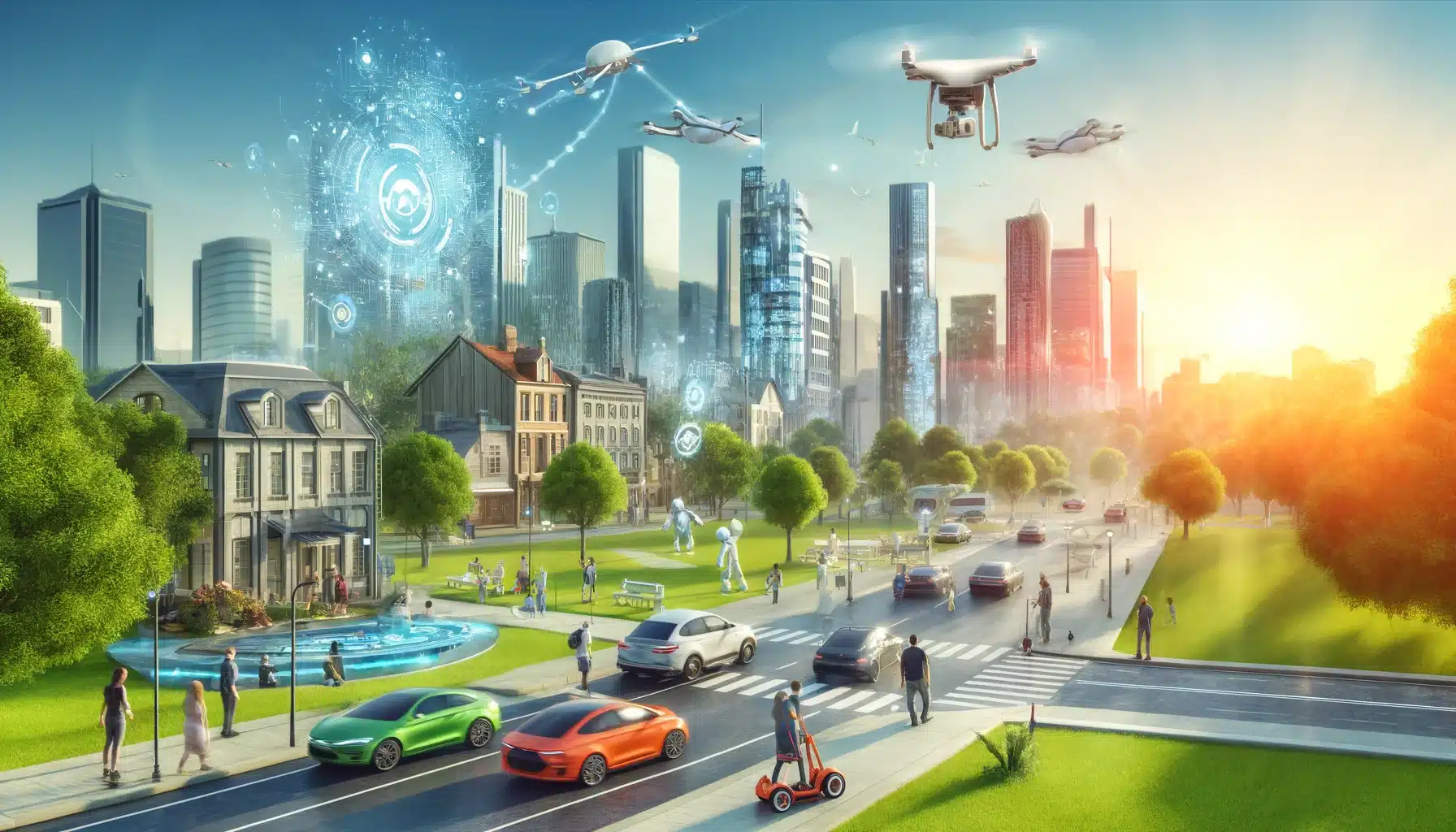
Planning and Promotional Uses
Drone photography is revolutionizing event planning and marketing, offering innovative ways to enhance both the logistical management and promotional strategies of events.
Planning and Logistical Uses:
- Site Surveys: Drones are invaluable for conducting aerial site surveys, allowing event planners to assess the venue from above. This bird’s-eye view can help in understanding the layout, identifying potential issues, and planning the placement of stages, vendor booths, and other infrastructure. This comprehensive perspective ensures that every square foot of space is utilized efficiently, which is particularly useful for large outdoor events.
- Crowd Monitoring: During the event, drones can be deployed to monitor crowd sizes and movements. This real-time data is crucial for managing crowd control, optimizing foot traffic flow, and enhancing security measures. By spotting congested areas, event organizers can quickly make adjustments to prevent bottlenecks and improve the overall attendee experience.
Promotional Uses:
- Engaging Visual Content: Drone footage provides spectacular aerial views that can be used in promotional videos to capture the scale and energy of an event. Such dynamic footage can showcase vast crowds, highlight key attractions, and offer a preview of the event’s ambiance. This type of content is not only visually appealing but also serves to generate excitement and anticipation among potential attendees.
- Social Media and Marketing Campaigns: Utilizing drone footage in social media posts and marketing campaigns can significantly increase engagement. The unique perspectives offered by drones create shareable content that stands out in crowded digital feeds. Promoting an event through striking aerial visuals can attract a wider audience, ultimately increasing attendance. Moreover, post-event videos featuring drone footage can be used to maintain interest in recurring events, helping to build a loyal attendee base by providing a glimpse of what they can expect in future editions.
Incorporating drone photography into event planning and marketing strategies not only enhances operational efficiency and safety but also significantly boosts promotional efforts, making events more appealing and accessible to a broad audience.
Drone technology has transformed live event coverage, offering unique capabilities that enhance both the broadcasting and post-event marketing of various gatherings, from sports competitions to concerts and festivals.
Live Event Broadcasting
Sports Events: Drones are frequently used in outdoor sports events like marathons, cycling races, and surfing competitions. For instance, during the Tour de France, drones capture aerial shots of the cyclists navigating challenging terrains, providing angles that traditional cameras cannot achieve.
Music Festivals: At large music festivals like Coachella, drones provide live feeds that showcase the scale of the event, offering aerial views of the crowd and performances, which are often streamed live to viewers worldwide.
Corporate Events: For corporate launches or large conferences, drones can broadcast live to screens within the venue, giving attendees a better view of the proceedings, especially in large spaces.
Benefits:
- Enhanced Viewing Experience: Drones offer spectators unique perspectives and vantage points, such as overhead shots and bird’s-eye views of the entire event area, enhancing the overall viewing experience.
- Dynamic Content Creation: The ability to move quickly and change angles seamlessly allows drones to capture more dynamic, engaging content than static cameras or even handheld videography.


Event Recap and Marketing
Benefits of Aerial Footage:
Compelling Highlights: Drone footage can be used to create compelling highlight reels for event recaps, showcasing the best moments with sweeping shots that convey the event’s atmosphere and excitement.
Marketing Material: Aerial videos serve as powerful marketing tools for future events. They can be used in promotional videos to demonstrate the venue’s capacity and the event’s energy, enticing future attendees.
Social Media Engagement: Clips and images from drone footage tend to perform well on social media, driving engagement through likes, shares, and comments, which boosts visibility and promotes the event organically.
Real-world Impact:
Increased Attendance: By providing a sneak peek into what attendees can expect, well-crafted drone footage used in marketing campaigns can directly increase interest and attendance for future events.
Sponsorship and Monetization: High-quality aerial footage can also attract sponsors by displaying the event’s reach and impact, providing a more attractive proposition for potential partners.
The integration of drone technology in live event coverage not only enriches the experience for both attendees and remote viewers but also plays a crucial role in the strategic marketing and successful execution of events. This dual benefit makes drones an indispensable tool in the modern event planner’s toolkit.

